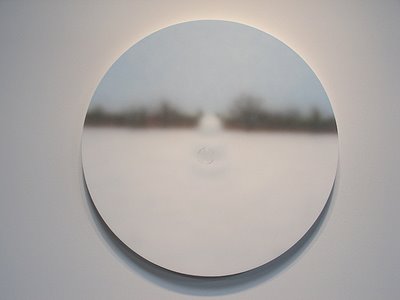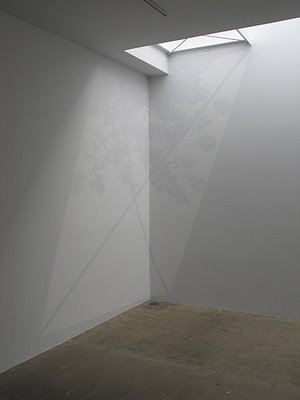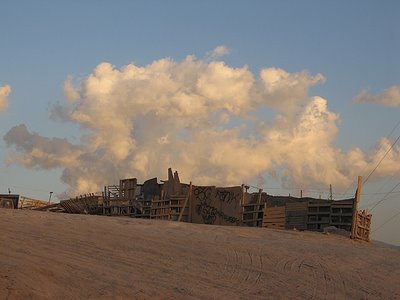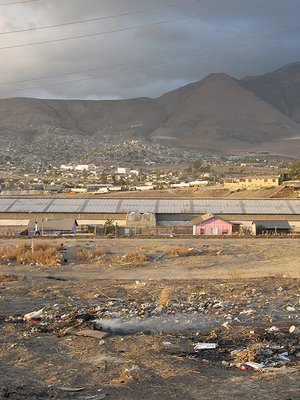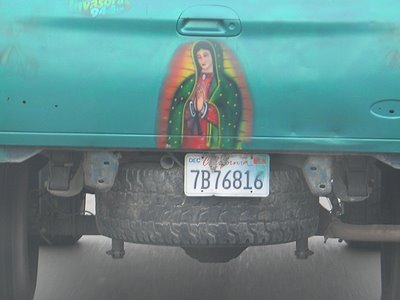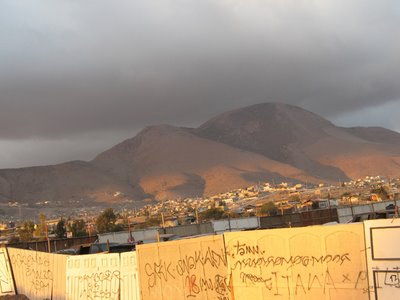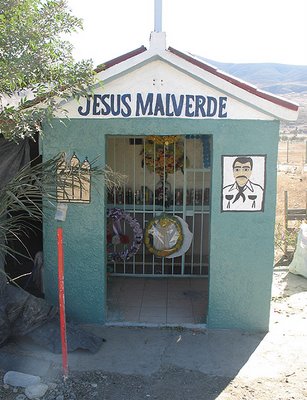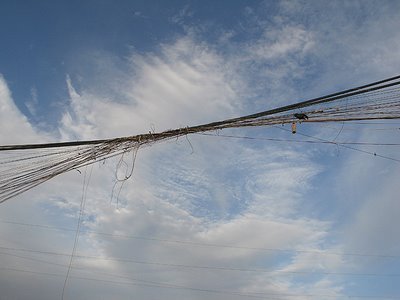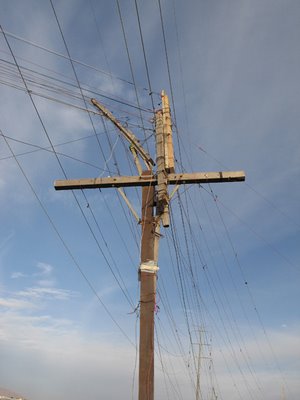
Monday, January 29, 2007
My Barbarian
"Pagan Rights Part III" (2006)
This performance collective satirizes my locally endemic Hippie/New Age culture better than anyone else I know...
This performance collective satirizes my locally endemic Hippie/New Age culture better than anyone else I know...
Friday, January 26, 2007
Thursday, January 25, 2007
Wednesday, January 24, 2007
Mary Temple at Sandroni Rey (Culver City)
Sunday, January 21, 2007
Saturday, January 20, 2007
Friday, January 19, 2007
Wednesday, January 17, 2007
Tuesday, January 16, 2007
Monday, January 15, 2007
Friday, January 12, 2007
Thursday, January 11, 2007
Wednesday, January 10, 2007
Sunday, January 07, 2007
Wednesday, January 03, 2007
Tuesday, January 02, 2007
Monday, January 01, 2007

New York Times, December 24, 2006
When Art Stayed Too Long at the Fair
By HOLLAND COTTER
WITH so much hype generated, so much cash exchanged and so much new product churned out, how did the 2006 New York art season end up such a piddling affair?
The city’s big museums are partly to blame, as their high-profile exhibitions abandoned any pretense of offering critically challenging views of the past. Boilerplate shows — at the Met, “Cézanne to Picasso,” “Americans in Paris, 1860-1900” and “Glitter and Doom: German Portraits From the 1920s”; the Whitney’s “Picasso and American Art”; and “Spanish Painting From El Greco to Picasso” at the Guggenheim — went to the expense of assembling scads of sexy pictures, then not only failed to tell us anything fresh, but also reinforced every art-historical cliché we cherish.
This is the museum treating its audience like kids in a candy store rather than like adults who can accept that art is as poisonous as it is sweet, that it tells as many lies as truths.
Once, we might have turned to contemporary art for alternative energy. But in 2006, it just complacently provided blasts of commercial triumphalism. The art fair matured into a kind of joke, a revenge on everything 1990s, with parties replacing politics and skill valued over ideas. In an age of universal competence and a democracy of art-schooled polish, criticism could have cast a cold eye on the field, but it took a pass on ethical issues and stuck to product placement instead.
Yes, the 2006 boom art market brought benefits — the most important probably being that more New York artists could make a living from their work. But here, as in all else, the art world is just the real world writ small: the major share of profits ended up in a very few privileged hands.
But what’s the point of kvetching? Art has always been attracted to money, and vice versa. And it has almost always been a servant to the elite, an advertisement for the status quo. Every so often art forcefully and collectively proposes alternative models — but 2006, at least as played out in New York, was not such a time. Short of an economic bump, we’re not likely to see it happen soon.
So maybe we should stop pestering art to be some utopian undertaking, some zone for alternative thoughts and forms, and just enjoy it for the high-energy, no-impact game of trivial pursuit it has become.
Subscribe to:
Posts (Atom)
